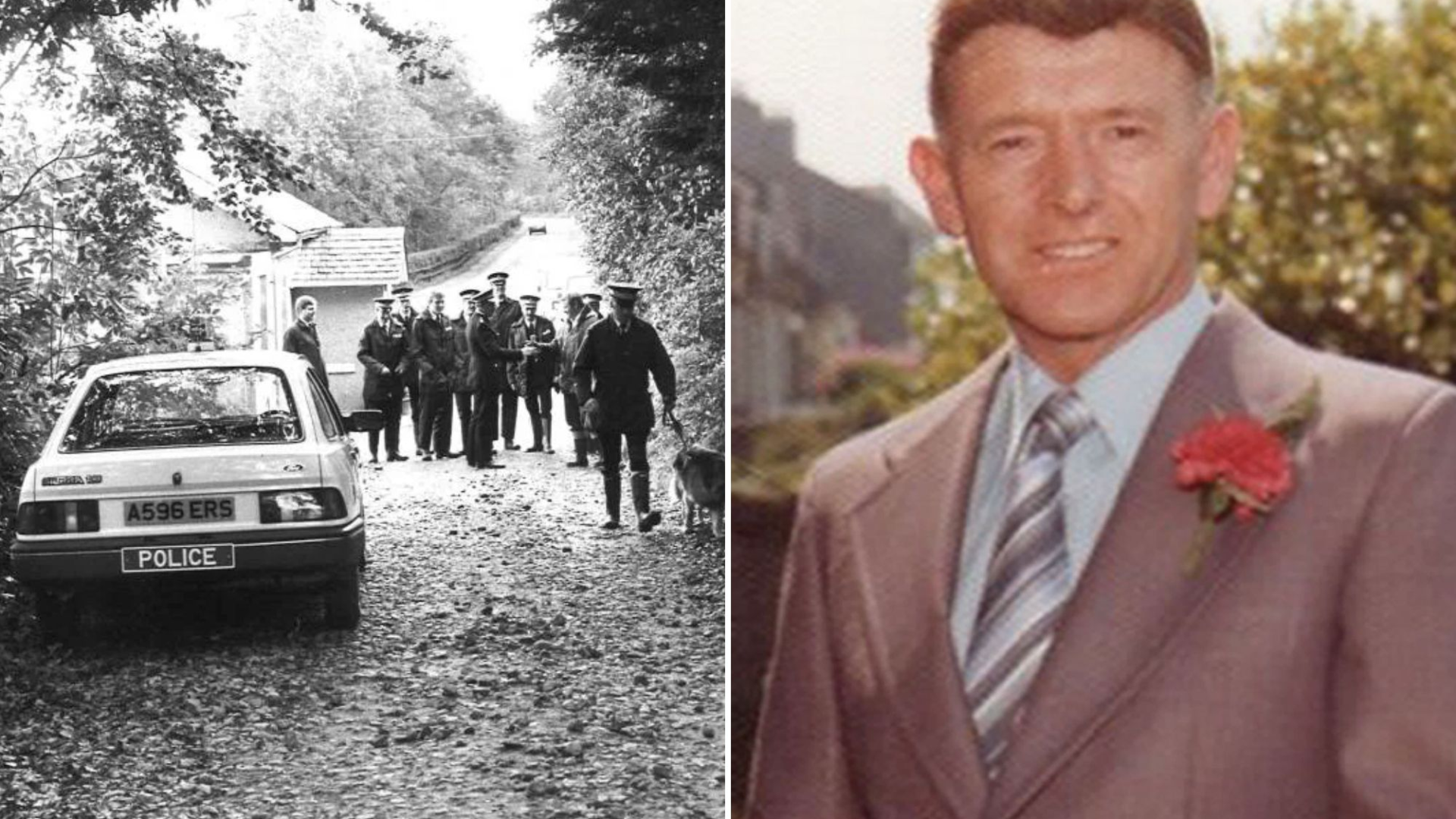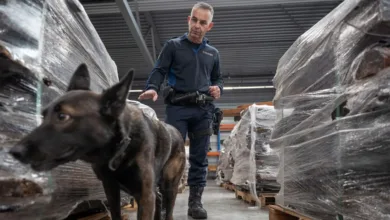Cold Case Breakthrough: How DNA Advances Might Finally Solve the 1983 Cheese-Wire Murder of Aberdeen Taxi Driver

Over 40 years after the brutal murder of Aberdeen taxi driver George Murdoch, a DNA breakthrough using familial profiling may finally bring his killer to justice. Explore the investigation, scientific methods, and ongoing search.
On a quiet evening in September 1983, 58‑year‑old taxi driver George Murdoch was brutally attacked and strangled with a cheese wire after picking up a fare in Aberdeen’s West End. Decades passed with no arrest and no justice. But now, thanks to a high-tech breakthrough in familial DNA profiling, police Scotland may be closing in on his killer. This article delves into the shocking details of the crime, the forensic journey, public reaction, and the renewed hope in solving a case frozen in time.
The Fateful Evening
On September 29, 1983, Murdoch collected a passenger outside the New Marcliffe Hotel. Moments later, he was found on Pitfodels Station Road, lifeless and strangled with a cheese wire—an exceptionally rare and deliberate weapon. Two teenage cyclists witnessed the aftermath and raised the alarm, but the attacker vanished into the night. Initial eyewitness descriptions—a slim, athletic young man in his 20s—yielded no leads. Over time, potential suspects emerged—a mysterious runner, the uncooperative “chip-shop man”—yet none produced conclusive evidence.
Why the Case Went Cold
Despite intense early investigations, the case gradually lost momentum. Aberdeen police collected evidence, witness statements, even offered public rewards—but DNA profiling technology was still in its infancy. Witnesses aged, leads dried up, and media attention faded. With no clear suspect or DNA match, the senior investigating officer reportedly remarked that solving the case without a breakthrough was unlikely.
Enter Familial DNA Profiling
The Science Behind the Breakthrough
In 2001, forensic teams managed to extract partial DNA from the cheese‑wire imprint—but it lacked sufficient markers for identification. Innovations in DNA sequencing culminated in a usable genetic profile by 2018. By 2023, investigators created a complete profile—nicknamed “Male Z.”
Since Male Z did not match any criminal database, investigators turned to familial DNA profiling. This method seeks genetic similarities in lawfully held DNA from relatives. Over the past two years, police Scotland traced over 1,000 potential familial matches, visiting across the UK to collect voluntary samples. The technique leverages statistical genetics to identify suspects who have never committed a crime themselves—and may currently be in their 60s or 70s.
The Nationwide Manhunt
Detective Inspector James Callander has led the renewed operation since 2021. He re-examined archived statements, re-interviewed witnesses, and coordinated sample collection across Scotland and England. Each match leads to follow-up interviews and further DNA swabs. So far, none have matched, but the search continues. Meanwhile, relatives of George Murdoch—a nephew Alex and his wife Robina—have offered up to £60,000 in reward for information leading to arrest or identification.
The Human Cost and Hope
Forty-two years have passed without resolution. Murdoch’s wife died in 2004 without knowing the killer’s identity. His relatives, however, remain determined. Alex tells investigators, “We always live in hope. … If [the killer]’s not dead, they’ll find him.” Families of other cold-case victims have expressed renewed faith, viewing Scotland’s potential first successful familial DNA conviction as a model.
Wider Implications for Forensic Science
Precedent in the UK and Beyond
Detective Callander notes: “Without DNA, without forensic science, this case would not be looked at.” This case demonstrates how evolving science can breathe new life into cold cases. Familial profiling has already solved cases in the U.S. and Europe. A successful resolution here could expand usage and funding for forensic review units, and encourage similar re-examinations in other unresolved cases.
Ethical and Privacy Debates
Familial DNA policing raises ethical questions—consent, privacy, and potential bias must be balanced against public interest in justice. Police Scotland’s approach stresses voluntary participation and transparent protocols. If this breakthrough leads to arrest, it could shift public attitudes and policy on forensic surveillance.
What Happens Next?
Investigators continue to follow leads, process new DNA samples, and pursue interviews. Detectives remain hopeful: the killer might be identified within weeks or months—or may still be alive. Meanwhile, the public is urged to come forward with any information—no matter how small.
Conclusion
More than 40 years after George Murdoch’s senseless murder, science offers the best chance yet at justice. The Mother of DNA profiling could soon solve the case. As police Scotland presses forward, this investigation may mark a turning point for cold-case investigations—vindicating families and reinforcing faith in forensic science’s power to close the coldest of cases.
Tags: #AberdeenColdCase #FamilialDNA #GeorgeMurdoch #ForensicBreakthrough #ScotlandCrime




